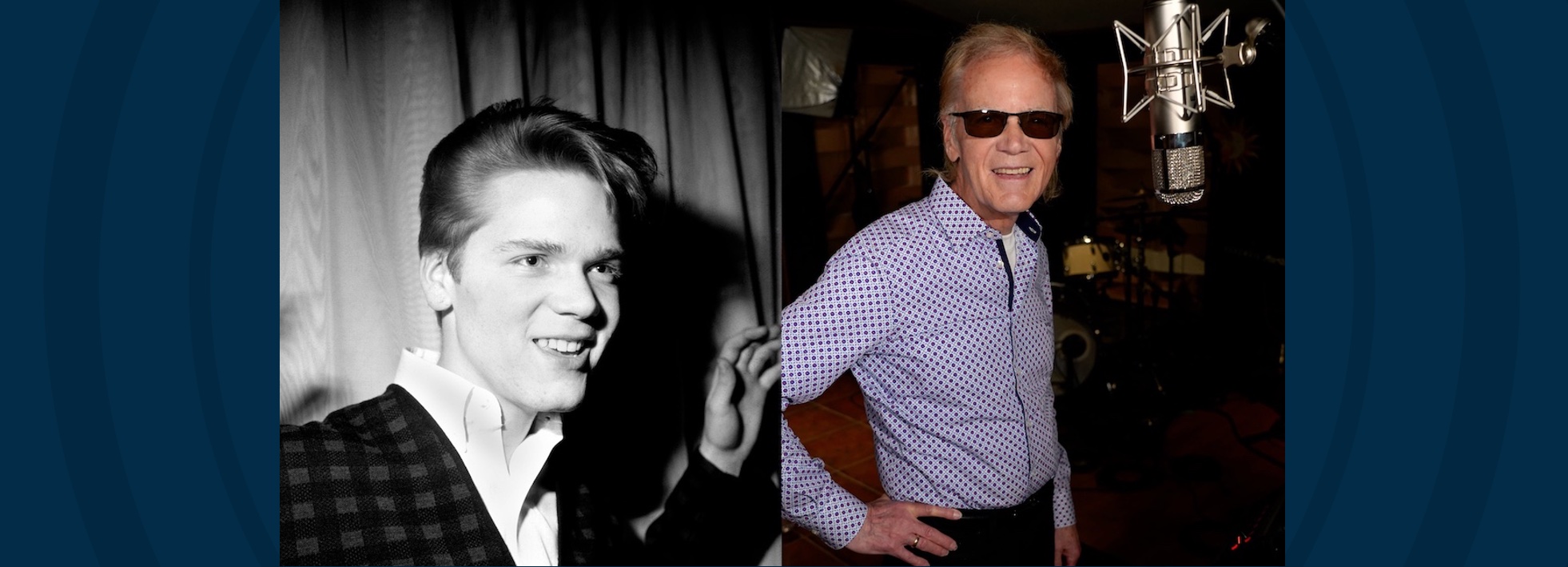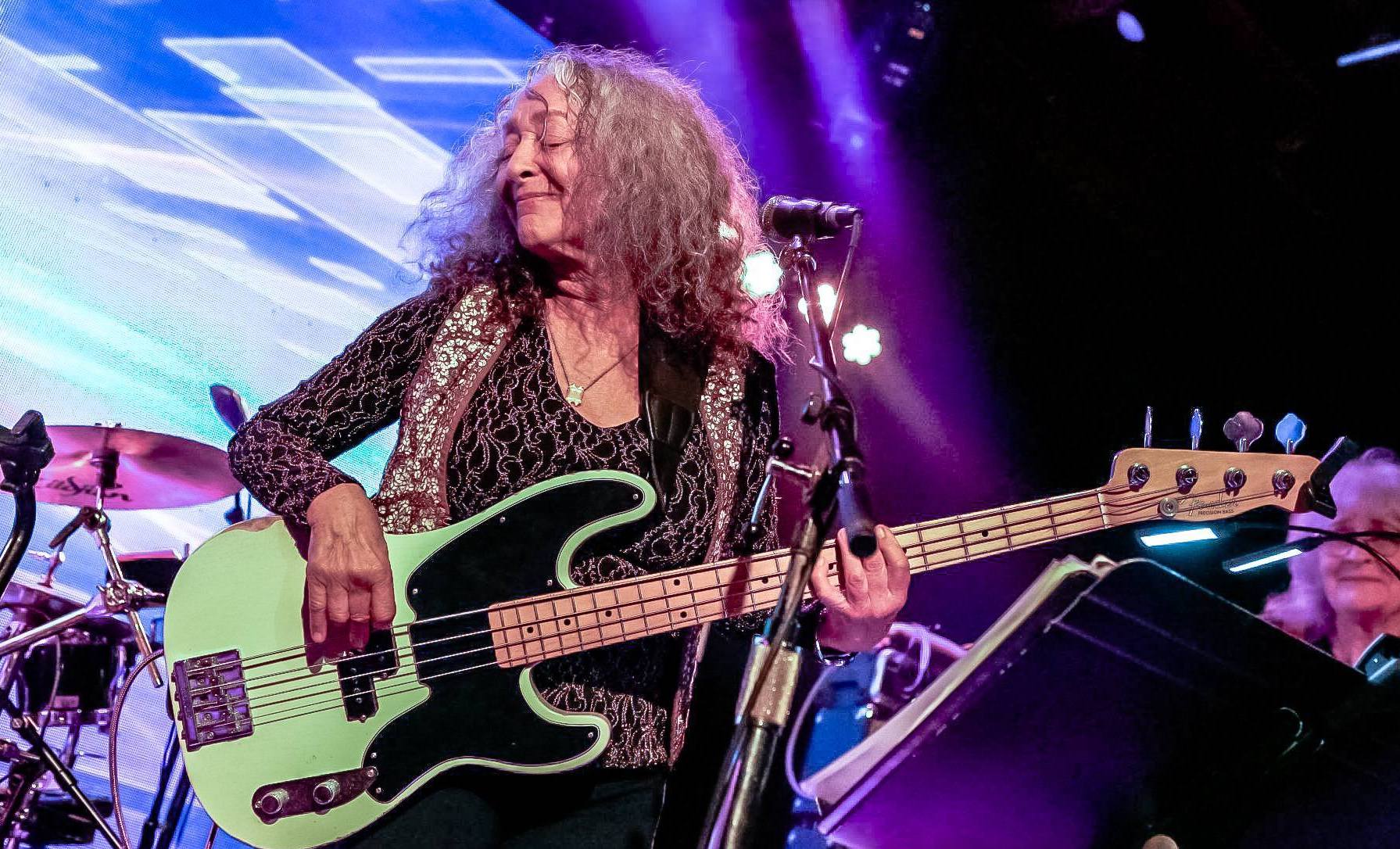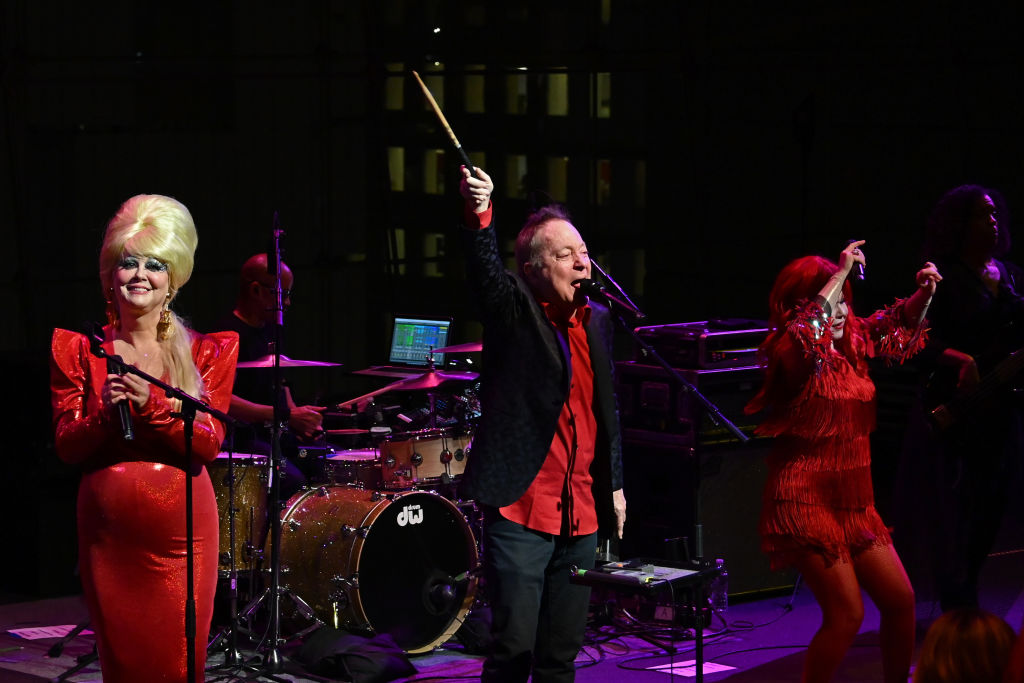Last Updated on March 16, 2022
For John Whipple, art is a puzzle, and one the award-winning painter and sculptor is good at solving. “I loved puzzles and games and play, and art is all that,” John said. “It takes you as deep down that rabbit hole of thinking as you want to go. And it’s just fascinating.”
When he met Lynn Byrne, now Whipple, in a film production class at Valencia College in 1988 John met someone who shared that fascination – not just with art, but with life.
“She has an amazing eye,” John said. “That’s how I knew she was an artist. She just looks at the world like an artist. She’s fascinated by everything she looks at.”
That artistic eye is a part of Lynn Whipple’s DNA. Art was what her family did. Her grandfather and mother painted, her grandmother played piano, and Lynn and her sister drew.
“I always remember coming home from school because of the smell of turpentine,” she said. “It still makes me think of my granddad, and my mom…in the living room, painting. I remember I made this drawing of a golfer one time and they all raved about it. That was a moment where I’m thinking, “Oh, this is good. This is positive for people.’”
While Lynn is self-taught, John graduated from the University of Central Florida with a degree in graphic arts and studied illustration.
“I always wanted to do art,” John said. “I didn’t question it. I didn’t know in what capacity; I didn’t know how to do it, but it was where I was drawn. My parents were very supportive of it. And I think that’s lucky because a lot of people, they’re not.”
The film production class led John and Lynn to each other, and to work at Nickelodeon Studios where John was a scenic painter and Lynn worked finding props and set decorating, eventually becoming an art director. The work was good and fun, but working one show led to working another, leaving little time for their own artwork. After several years, they had a choice to make.
“After a while we said, just don’t say yes (to another show) — say yes to your artwork,” Lynn said. “Say no to the show because you work a billion hours in production. And it’s all consuming. And if we put that much energy into our artwork, we’re going to do fine. So, that’s what we did.” 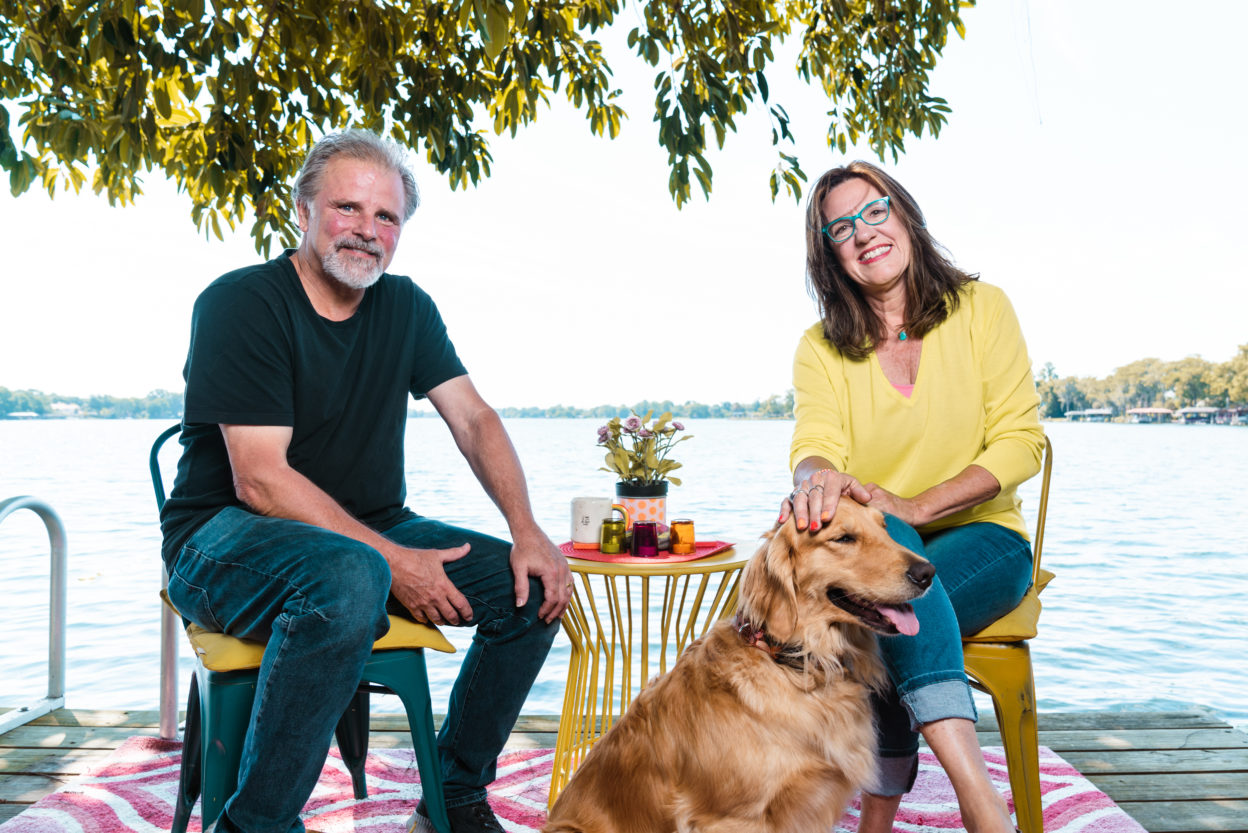
The Whipples followed their passions and took the leap into art fulltime, going out on what Lynn calls “the skinny branches.” There were lean times: a rusty black truck that racked up mileage traveling from art show to art show, and an ugly booth with a blue tarp they lugged along, casting a garish hue on all their artwork. But slowly, they found their tribe.
They entered art shows in the Midwest and earned sales enough to keep going. Soon the Whipples had collectors ready and waiting to see what they brought out next. The skinny branches were filling in, and ironically, it was a stick at an art show in Atlanta that assuaged John’s fathers concerns about the couple’s ability to survive as fulltime artists.
Lynn installed her work on a large board at the back of their booth. She hung two little paintings and then looked around, found a stick, and mounted it below the paintings.
“Someone came up and wanted to buy the paintings, and the stick,” said John. “And Lynn charged her like $65 for the stick. She bought it and we laughed. And my dad, later on said, ‘When I saw that Lynn sold a stick for $65, I stopped worrying.’”
“A stick that I literally had just picked up off the ground,” said Lynn. “For the record it was a very nice stick,” John noted.
Unlike some of their peers who stayed in one discipline or genre, John and Lynn kept reaching, kept evolving. Lynn started with mosaics, collage, altered photographs and mixed media with found objects. Eventually she tried the one discipline she’d avoided: painting. She learned to mix paint and use oils. It was a long learning process. She cut the many rejects into pieces and used them in collages. She kept going and kept learning, figuring out light and dark, form and shadow.
“It was so challenging, and still is, and that’s what I liked about it,” Lynn said. “I think my superpower was, I just didn’t really care what people thought. I knew it was sucking, so….it couldn’t hurt my feelings if they said, ‘Oh my God, this sucks.’
“And I’m still sucking, but you got to just keep at it. I think if you’re committed and genuinely interested in something, you just do it and it doesn’t matter what the outcome is. You’re just doing it because you have to do it, and that’s it.”
“Once she learned that drawing didn’t have to be draftsmanship then she started to really blossom; because now she’s using the drawing as an element with the rest of her stuff and it’s exquisite,” John said. “And I think that gave her all the confidence in the world to sort of just move on, and now she’s bold and fearless about everything. She’s just constantly coming up with ideas…and that kind of energy is contagious.”
John’s art evolved as well. Paintings layered with collage, oil paintings, charcoal drawings, using the face not as portrait but as a motif. Along the way came sculpture.
Fellow artists and friends introduced the Whipples to folk art and the concept of art cars. Soon John took a motorized carving tool he’d received as a gift and made a crude figure that he drilled into the hood of a 1977 gold Cadillac Coupe deVille. The ringmaster of the Circus of the Absurd was born, and so was John’s entry into sculpture and a connection with an unconventional, lighter side of art.
“It got me into sculpture,” John said. “And it got me into this other kind of humor and into being more carefree. When you have ambition you want to be taken seriously, and this was a counterpoint to that. It was almost like, okay, in this world I’ll just do whatever. This is just fun.”
The art car went out with a blaze of glory after a demolition derby, but the humor remains in John’s sculptures, with odd heads tied to disproportionate bodies, figures not tied to reality. And as the Whipples’ art continues to evolve, it continues to garner recognition and sales.
“It works for us to keep experimenting,” Lynn said. “Now the people that collect our work, they can’t wait to see what the heck weird thing John or I come up with, because they’re bought into our brains as always going for the experiment.
“You lose collectors when you change,” she added. “But then you get new ones. And then there’s those really great people who just ride the wave with us our whole lives, that’s kind of amazing.”
Replicating work in one genre might have been more financially beneficial, but in their minds the work would have suffered.
“It doesn’t really work for my brain to be redundant very much,” John said. “And it doesn’t really work for hers either. That was never where our passion was. It was to try to be an artist and grow and keep that initial childhood spark about making art alive.” 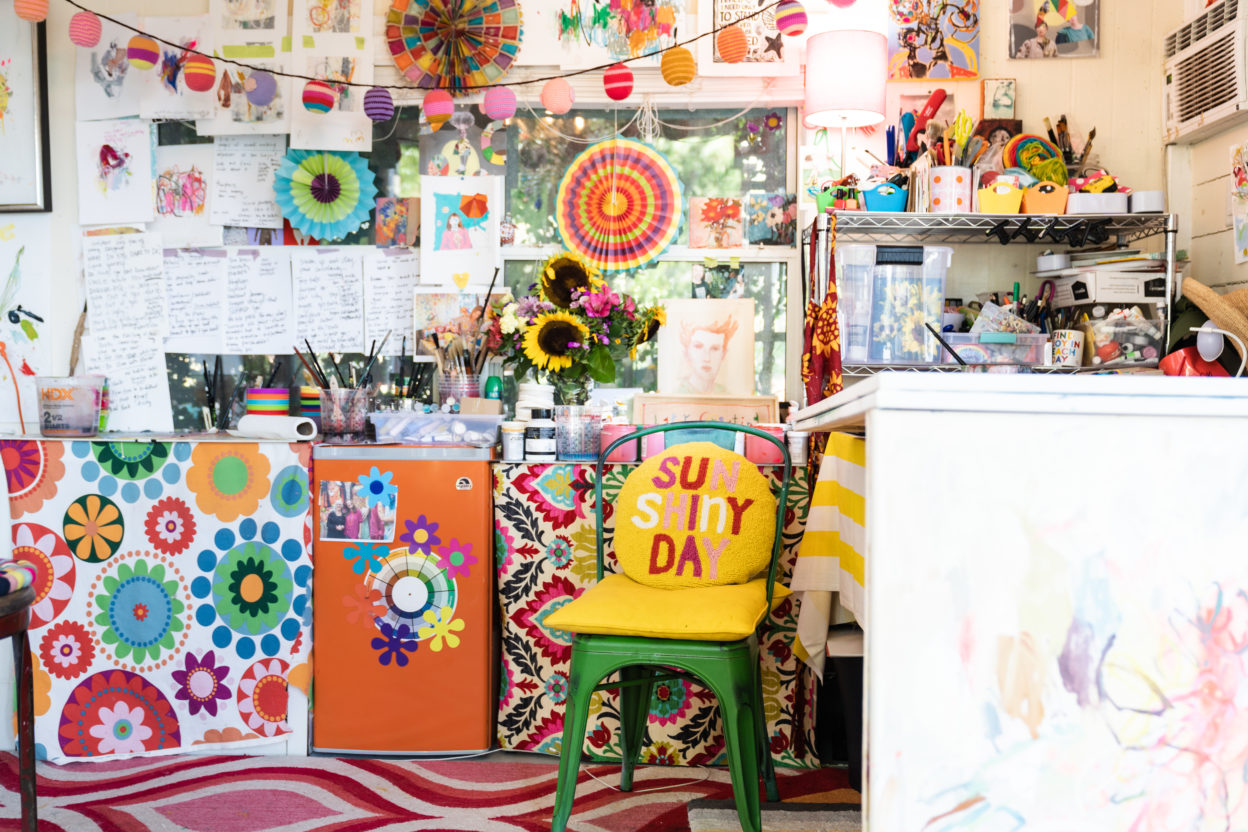
Today the Whipples exhibit in shows across the country, Lynn teaches online classes, and they are both a vital part of McRae Art Studios, an artist collective founded by John’s parents, George and Marty Whipple, in 1987. Married 30 years in 2022, the support and perspective John and Lynn offer each other enriches their work and their lives.
“I helped her sort of be more analytical and learn to draw,” John said. “And she really helped me learn how to design, more about color and more about putting things together. And you need that — you need both sides. She can look at my stuff and go, ‘Hmm. You know…’ And I’m like, ‘Yeah, you’re right.’ And vice versa.”
“I don’t know how I could have done it without you,” agreed Lynn. “I mean, I wouldn’t have wanted to, because art is all we talk about. This film, that color, that palette, and that thing. So, that’s kind of our language with each other.”
“I would say looking at our life, I don’t think we ever lost the passion,” Lynn added. “If we won the lottery tomorrow, we’re just going to get a bigger art studio, an assistant or something awesome. I cannot imagine we would ever stop making art. I mean, I always think we might be getting good. Maybe when we’re 90 or 95 we’ll get good.”



